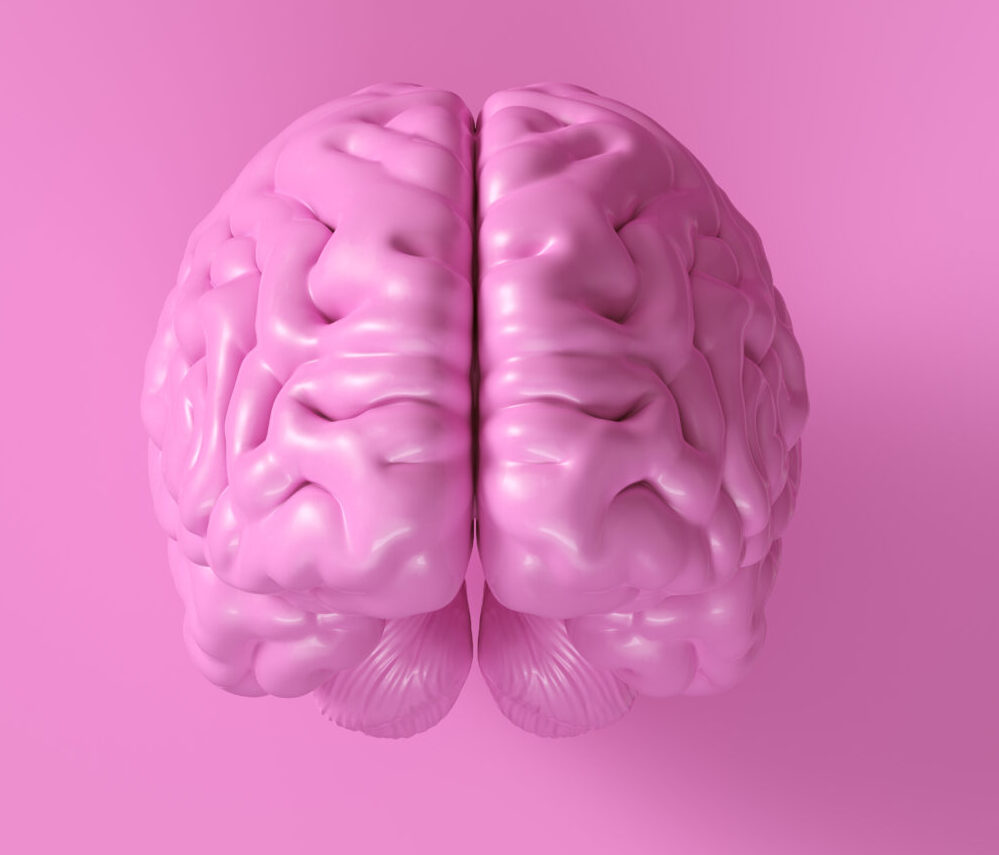Neural Rejuvenation: Pioneering Advances in Brain Regeneration
**Neural Rejuvenation: Pioneering Advances in Brain Regeneration**
As we age, our brains undergo significant changes that can affect our cognitive abilities and overall health. However, recent research has made groundbreaking discoveries in the field of neural rejuvenation, offering new hope for brain regeneration and improved mental function. Let’s explore these pioneering advances and how they might transform our understanding of brain health.
### The Brain’s Need for Oxygen
First, it’s essential to understand the brain’s reliance on oxygen. The human brain consumes about 20% of the body’s oxygen, despite making up only 2% of its weight. Oxygen is crucial for generating the energy needed for neural activity, including memory formation, problem-solving, and focus. When oxygen levels are reduced, whether due to aging or injury, these functions can be impaired.
### Hyperbaric Oxygen Therapy (HBOT)
One promising approach to enhancing brain health is Hyperbaric Oxygen Therapy (HBOT). This treatment involves breathing pure oxygen in a pressurized environment, which increases the oxygen concentration in the bloodstream. By promoting the repair of damaged cells and enhancing brain metabolism, HBOT can stimulate neurogenesis (the growth of new neurons) and improve synaptic connectivity, key components of cognitive health[1].
### The Hyperoxic Hypoxic Paradox
Another innovative method is the Hyperoxic Hypoxic Paradox (HHP), pioneered by Dr. Shai Efrati. This approach uses HBOT beyond its traditional limits to treat brain injuries, neurodegenerative diseases, and even long COVID. By reactivating dormant brain tissues, HHP has shown remarkable results in improving cognitive function and reversing symptoms of conditions like post-concussive syndrome and long COVID[2].
### Cellular Reprogramming
Researchers at the University of Barcelona have made significant strides in cellular reprogramming. By introducing specific proteins called Yamanaka factors into mice’s brains during development, they were able to generate more neurons and increase brain volume. This led to better motor and social activity in adult mice, demonstrating the potential for rejuvenating brain cells and protecting against neurodegenerative diseases like Alzheimer’s[3].
### Single-Cell Omics Studies
Single-cell “omics” technologies have provided a detailed view of brain aging at the cellular level. These studies have highlighted age-associated changes within individual cells and the interactions between them. They also suggest the promise of combinatorial rejuvenation approaches for the brain, offering new directions for understanding and addressing age-related brain dysfunction[5].
### Implications for Mental Health
These advancements in neural rejuvenation hold significant implications for mental health. By enhancing neuroplasticity—the brain’s ability to reorganize and adapt—the potential for innovative treatments for neurodegenerative diseases and cognitive decline is vast. For psychologists and mental health professionals, these discoveries underscore the importance of brain health at different stages of life, providing hope for better treatments and improved quality of life.
### Conclusion
Neural rejuvenation is an exciting frontier in brain health research. By harnessing the power of oxygen therapy, cellular reprogramming, and single-cell omics studies, scientists are making significant strides in understanding and addressing age-related cognitive decline. These pioneering advances offer new possibilities for brain regeneration and improved mental function, promising a brighter future for those seeking to maintain or enhance their cognitive acuity.





